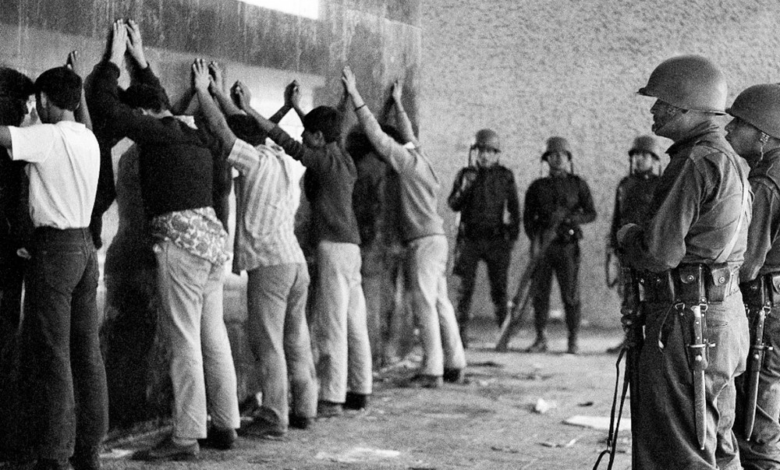Southern Mexico was the epicenter of the Dirty War, says Fritz Glockner
According to historian Fritz Glockner, southern Mexico was the epicenter of the government's onslaught during the Dirty War, a dark period in Mexico's history that included forced disappearances, extrajudicial executions, and torture of political dissidents.

The unfulfilled promises of the revolution regarding agrarian distribution, the consolidation of caciques who decided the destiny of the communities, as well as the heavy hand of the government in the face of voices demanding justice, were fertile ground for the emergence of rebel groups in the second half of the last century.
The State's oppressive response to these movements gave rise to the so-called Dirty War. In addition, the triumph of the Cuban Revolution in 1959 meant a breath of fresh air for leftist movements in Latin America and Mexico was no exception. Historian Fritz Glockner locates in southern Mexico the epicenter of the government's onslaught with the Dirty War, a black period in Mexico's history, which included forced disappearances, extrajudicial executions, and torture of political dissidents.




